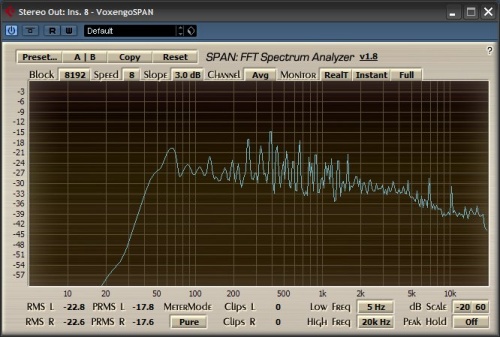Gold said:So one 2252 as an RMS detector, one 2252 configured as a peak detector and another 2252 to log convert the peak detector output? I don't know what the log convert means or why it is necessary but I'll try to figure that one out myself from the app notes.
Was the implementation of the pot as simple as feeding the output of each detector into opposite ends of the track and buffering the wiper output before feeding the VCA?
The 2252 output already is in the log domain and ready to control THAT VCAs so there isn't any need to log convert it again.
====
Yes you could pretty simply pan between a fast and slow 2252 to get a range of different detector responses. I believe we discussed a way to make the cap in the 2252 continuously variable with a C multiplier circuit, on Wayne's forum.
JR



